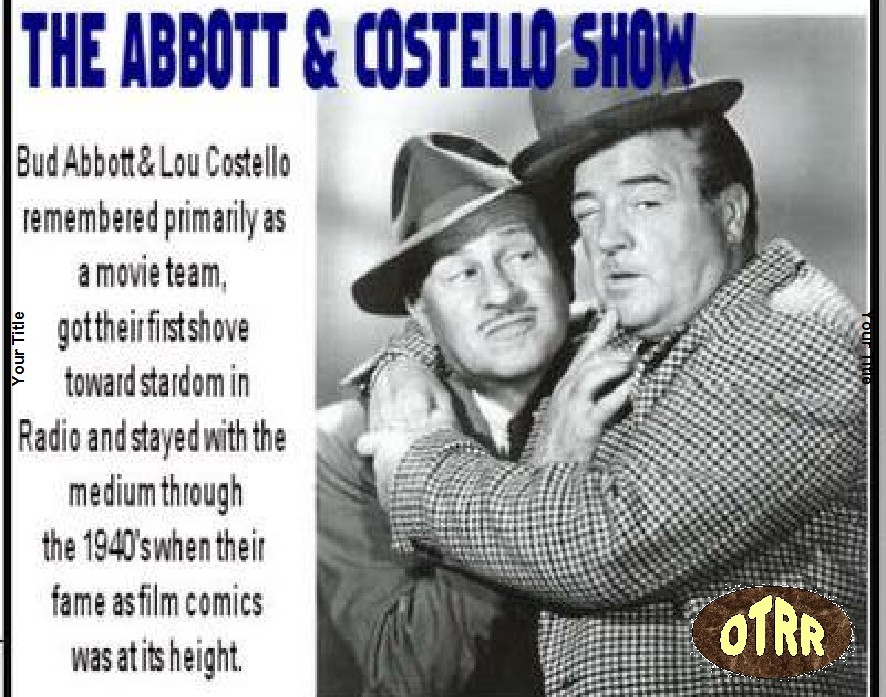You Have The Right To: 1). Rip & Remix DVDs. 2). Jailbreak Your iPhone. 3). Use Your Phone With Any Carrier You Want.: " From podcasting news
 The Electronic Frontier Foundation (EFF) today announced that it has won three critical exemptions to the Digital Millennium Copyright Act (DMCA) anticircumvention provisions today.
The Electronic Frontier Foundation (EFF) today announced that it has won three critical exemptions to the Digital Millennium Copyright Act (DMCA) anticircumvention provisions today.
You now have the right to:
- Rip and remix DVDs for non-commercial purposes;
- Jailbreak your iPhone, or other cell phone, and load up any apps you want; and
- Use your iPhone, or other cell phone, with any carrier you like.
“By granting all of EFF’s applications, the Copyright Office and Librarian of Congress have taken three important steps today to mitigate some of the harms caused by the DMCA,” said Jennifer Granick, EFF’s Civil Liberties Director. “We are thrilled to have helped free jailbreakers, unlockers and vidders from this law’s overbroad reach.”
The DMCA prohibits “circumventing” digital rights management (DRM) and “other technical protection measures” used to control access to copyrighted works. The exemptions were granted as part of a process, conducted every three years, to mitigate the danger the DMCA poses to legitimate, non-infringing uses of copyrighted materials.
Rip & Remix DVDs
EFF won a new protection for people that rip DVDs and remix them and post them on sites like YouTube.
The new rule holds that amateur creators do not violate the DMCA when they use short excerpts from DVDs in order to create new, noncommercial works for purposes of criticism or comment if they believe that circumvention is necessary to fulfill that purpose. Hollywood has historically taken the view that “ripping” DVDs is always a violation of the DMCA, no matter the purpose.
“Noncommercial videos are a powerful art form online, and many use short clips from popular movies. Finally the creative people that make those videos won’t have to worry that they are breaking the law in the process, even though their works are clearly fair uses. That benefits everyone — from the artists themselves to those of us who enjoy watching the amazing works they create,” added McSherry.
Jailbreak Your iPhone
EFF also won clarification on the legality of cell phone “jailbreaking” — software modifications that liberate iPhones and other handsets to run applications from sources other than those approved by the phone maker.
The Copyright Office rejected Apple’s claim that copyright law prevents people from installing unapproved programs on iPhones: “When one jailbreaks a smartphone in order to make the operating system on that phone interoperable with an independently created application that has not been approved by the maker of the smartphone or the maker of its operating system, the modifications that are made purely for the purpose of such interoperability are fair uses.”
“Copyright law has long held that making programs interoperable is fair use,” confirmed Corynne McSherry, EFF’s Senior Staff Attorney. “It’s gratifying that the Copyright Office acknowledges this right and agrees that the anticircumvention laws should not interfere with interoperability.”
Unlock Your Phone & Use It With Any Carrier You Like
Finally, the Librarian of Congress renewed a 2006 rule exempting cell phone unlocking so handsets can be used with other telecommunications carriers. Cell phone unlockers have been successfully sued under the DMCA, even though there is no copyright infringement involved in the unlocking. Digital locks on cell phones make it harder to resell, reuse, or recycle the handset, prompting EFF to ask for renewal of this rule on behalf of our clients, The Wireless Alliance, ReCellular and Flipswap. However, the 2009 rule has been modified so that it only applies to used mobile phones, not new ones.
“The Copyright Office recognizes that the primary purpose of the locks on cell phones is to bind customers to their existing networks, rather than to protect copyrights,” said Granick. “The Copyright Office agrees with EFF that the DMCA shouldn’t be used as a barrier to prevent people who purchase phones from keeping those phones when they change carriers. The DMCA also shouldn’t be used to interfere with recyclers who want to extend the useful life of a handset.”
You can read the details in this pdf.
"
 What is so special about a Sussex farm that three people want to buy it.? So desperate are the buyers that one at least will resort to kidnap or even murder to get their hands on it. The Toff is called in to investigate. 1977-04-23, 6 Parts
What is so special about a Sussex farm that three people want to buy it.? So desperate are the buyers that one at least will resort to kidnap or even murder to get their hands on it. The Toff is called in to investigate. 1977-04-23, 6 Parts
 The Electronic Frontier Foundation (EFF) today
The Electronic Frontier Foundation (EFF) today 






